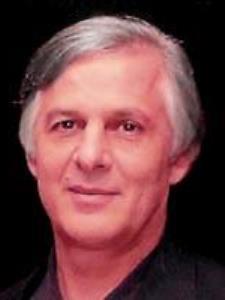Andy Warhol’s self-portraits were inspired by a mix of historical, contemporary, and personal influences. His approach to self-portraiture reflected his fascination with fame, identity, death, and the artificiality of image. Below is a breakdown of the key artists, movements, and cultural influences that shaped his self-portraits, which utilized high contrast photography and silk-screen printing processes:
Art Historical Influences
1. Marcel Duchamp
Warhol was influenced by Duchamp’s ideas about artifice, identity, and persona, especially Duchamp’s use of alter-egos (e.g., Rose Sélavy).
Duchamp’s conceptual approach and use of irony resonated with Warhol’s detached, manufactured style.
2. Francis Bacon
Warhol admired Bacon’s emotionally intense and often grotesque self-portraits.
Though Warhol’s style was flatter and cooler, the psychological tension in Bacon’s work may have influenced the memento mori quality of Warhol’s later self-portraits (e.g., the “Fright Wig” series from 1986).
3. Rembrandt & Classical Self-Portraiture
Warhol referenced the tradition of self-portraiture in Western art, particularly the self-documentation and aging seen in Rembrandt’s work.
However, Warhol’s versions are stark, cropped, and stylized, subverting the introspection of classical portraiture.
Photography and Mass Media
4. Hollywood Glamour Portraits
Warhol was deeply influenced by Hollywood studio portraits, such as those of Greta Garbo and Marilyn Monroe.
He applied similar aesthetics to himself—posing under dramatic lighting, using makeup or wigs, and cultivating a manufactured persona.
5. Richard Avedon and Irving Penn
Warhol was aware of (and sometimes worked with) prominent fashion and celebrity photographers.
Their high-contrast, minimalist portraits influenced his own stark and graphic visual style.
Contemporary Artists & Peers
6. Jean-Michel Basquiat
Though Basquiat was younger, their collaboration and mutual influence highlighted Warhol’s late-career shift to more expressive, raw visual language—seen in his 1980s self-portraits.
7. Cindy Sherman
Sherman’s performative, identity-shifting photographs were very much in the spirit of Warhol’s interest in constructed personas, though Sherman came later.





